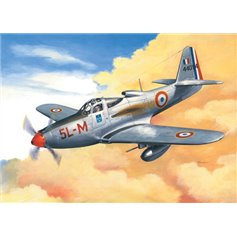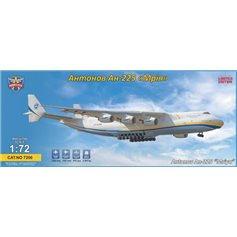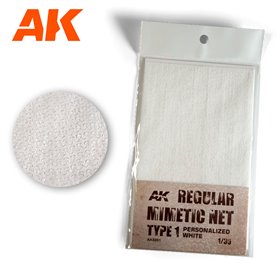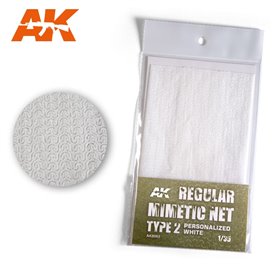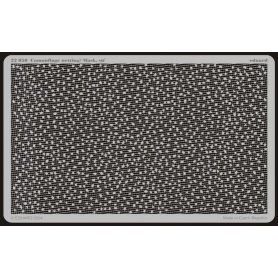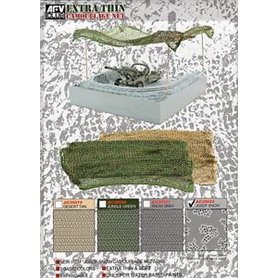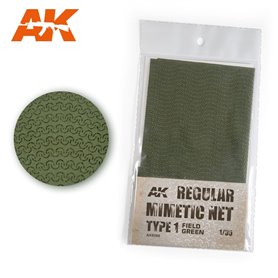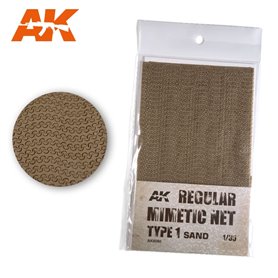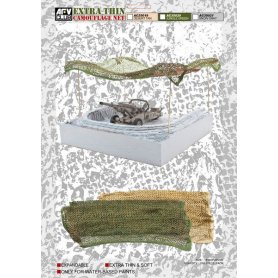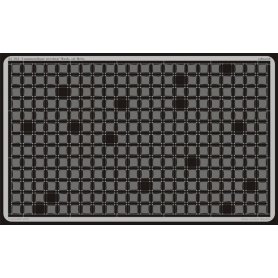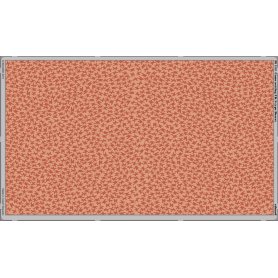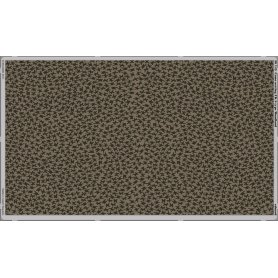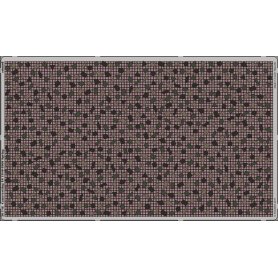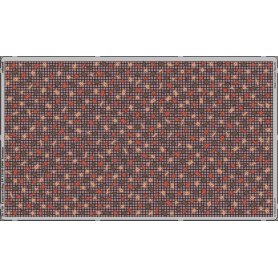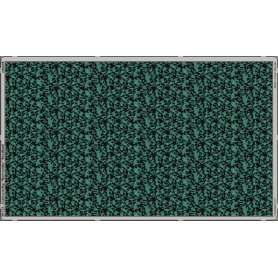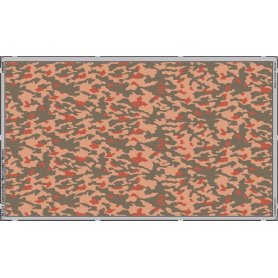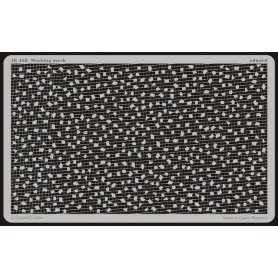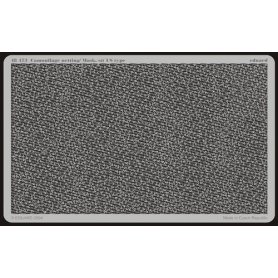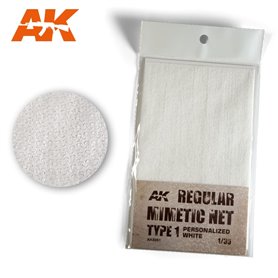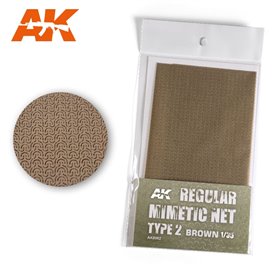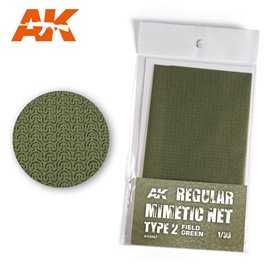What Are Camouflage Nets and What Are They Used For in Scale Modeling?
Camouflage nets are one of the key enhancement parts in scale modeling, especially for military subjects. They allow for the realistic recreation of camouflage covers commonly used on tanks, armored vehicles, artillery positions, or in dioramas depicting battlefield scenes. The main purpose of such a net is to break up the object's regular silhouette and help it blend into its surroundings. In modeling, a well-chosen and draped camouflage net adds depth, texture, and authenticity to a model, making the final effect much more convincing. It's a simple way to elevate the level of realism without needing to use complex painting techniques.
How to Choose and Apply a Camouflage Net?
When choosing a net, there are several key aspects to consider. The most important is the model's scale – a net designed for a 1:35 scale model will have a much larger mesh than one for a 1:72 scale. Using the wrong scale will disrupt the proportions. Another factor is the camouflage pattern and color, which should match the historical period and theater of operations. Nets are made from various materials, such as thin fabric, which is perfect for draping freely over the model's surface, or photo-etched metal, which is stiffer but very precise. Applying the net is simple: just cut it to the desired shape and attach it to the model using PVA or cyanoacrylate glue. For an even better effect, you can weave small elements imitating leaves or branches into it.









